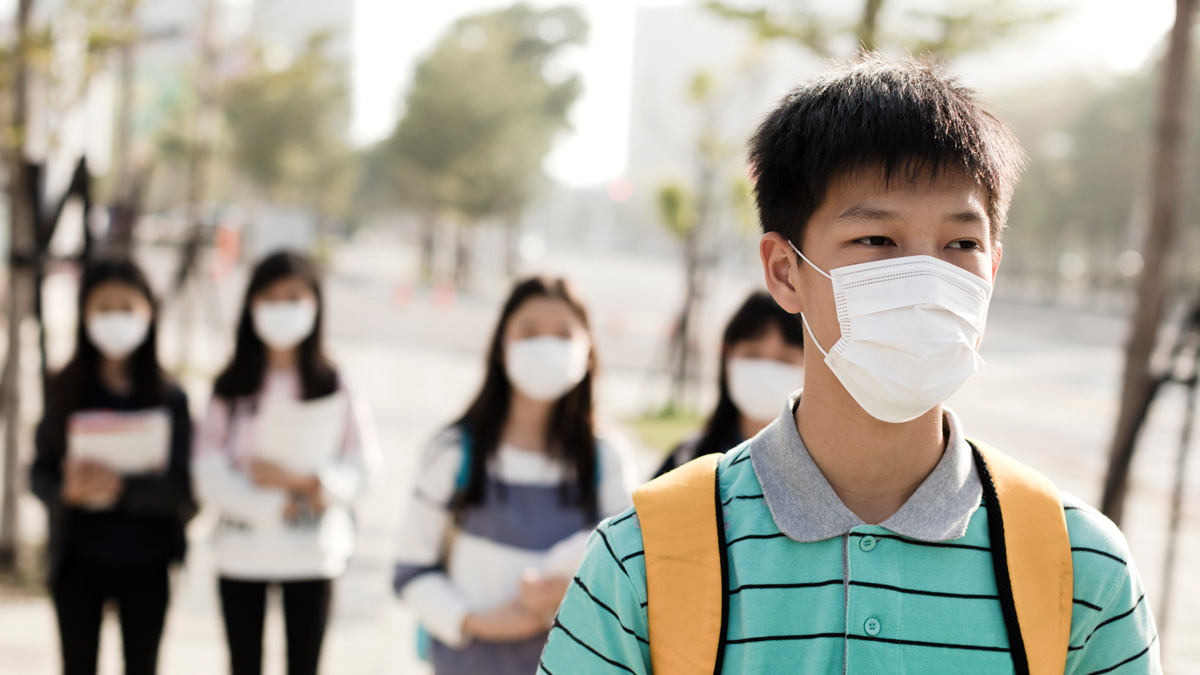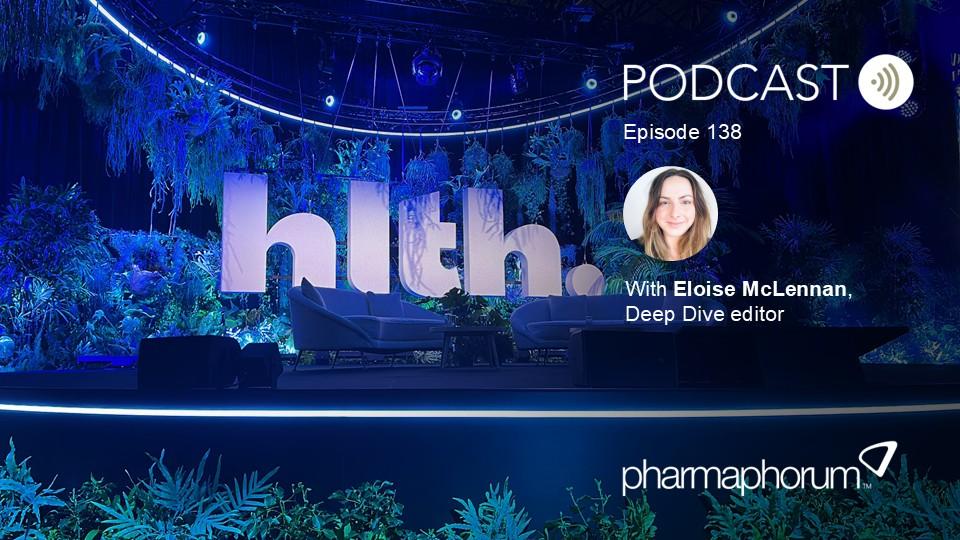Has pharma been too slow to respond to coronavirus?

The new coronavirus strain emerging in China is making headlines across the world, with the disease sending entire cities into lockdown in a bid to control its spread. Just how dangerous is the virus, and what is the pharma industry doing to combat it?
Every day seems to bring a batch of increasingly worrying headlines about the coronavirus outbreak in China, with the death toll mounting daily and new cases being reported across the world.
As with every outbreak, eyes immediately turn to scientists and the pharma industry and its legions of researchers for a response.
With every new virus strain that goes on the march there is a frantic race against time to bring out a vaccine that works – and despite the many advances by modern science vaccines often come too late for many people.
Of course every virus is different – while the Ebola outbreak of 2014-16 was deadly it was largely confined to West Africa.
Contrast this with coronavirus, which is much less deadly but much more infectious, and as a result is spreading fast to other countries well beyond China.
Paul Stoffels, J&J
But pharma’s response to the Ebola outbreak was criticised for being too slow. The World Health Organization’s former director general Margaret Chan criticised the industry for failing to develop a vaccine even though Ebola had been present in poor African countries for around 40 years.
Cynics may say that pharma is being quicker to respond to the new coronavirus strain because it has already begun to threaten Western countries, instead of African nations that don’t have the economic clout to pay for a vaccine.
On the other hand, it could be that pharma has learned its lesson, as the response from some big players in the industry has been swift.
This week, Johnson & Johnson’s chief scientific officer Paul Stoffels went on record to say that the company is already in the early stages of developing a vaccine against the strain of coronavirus originating in Wuhan, which has been codenamed 2019-nCoV.
Stoffels told CNBC that once the company had a virus construct for Ebola, it took six months to produce a vaccine and scale it up.
With Zika, Stoffels said that the company was effectively starting from scratch so it took around a year to produce the vaccine, and that a coronavirus vaccine could also take around a year to produce.
Stoffels said that J&J is going to work with at least five different virus constructs and five different partners to see which vaccine works and which part of the virus can be used to make a vaccine.
At the same time J&J will be looking at animal models for testing and working on how to produce the vaccine in large quantities. Within one year, J&J could produce up to 300 million vaccines if the company can find one that works.
The trick is to find a target on the surface of the virus that is conserved and is not prone to mutate, Stoffels said.
“That’s why we use multiple constructs to evaluate in animal models and why we have to take a cautionary approach.”
With Ebola, the vaccine was produced by cells in a small vessel of around 20 litres, but Stoffels said that since then this has been increased to around 1,000 litres and the capability of producing hundreds of millions of vaccines.
“We shouldn’t create panic but at the same time I am very worried that this could become a global pandemic. We have to be prepared for the event that this is going to become a global crisis,” he warned.
J&J is not the only organisation looking to develop a vaccine: the Coalition for Epidemic Preparedness Innovations (CEPI), said it had begun three programmes to develop vaccines against the new virus strain.
The vaccine development efforts will build on existing partnerships with US biotech Inovio and The University of Brisbane in Australia.
A public-private partnership launched at Davos in 2017, CEPI is already working with Inovio on a DNA vaccine candidate against Middle East Respiratory Syndrome (MERS).
And Moderna has agreed to manufacture an mRNA vaccine against 2019-nCoV, which will be funded by CEPI.
The Vaccine Research Center, part of the US National Institute of Allergy and Infectious Diseases (NIAID), worked with Moderna to design the vaccine.
NIAID, part of the US-government funded National Institutes of Health, will conduct pre-clinical studies and a US-based phase 1 clinical study.
Vas Narasimhan, Novartis
Antivirals also an option
Aside from a vaccine, another option could be to try and prevent the virus from spreading using antiviral drugs such as protease inhibitors, which are already available in China and other countries to stop the spread of other infectious diseases such as HIV.
J&J is also screening molecules from its vast library to see if they could be used as antivirals, said Stoffels.
Pharma is also looking at other approaches to producing drugs that prevent infectious diseases like coronavirus from spreading.
Roche’s Tamiflu (oseltamivir) was an early example of such an antiviral approach, and was used in a bid to contain the 2009-2010 outbreak of swine flu.
Tamiflu hit problems when a Cochrane review called into question its efficacy based on the evidence used to get it approved by regulators.
Roche has followed up Tamiflu with Xofluza (baloxavir), but there are other approaches that could be used to alleviate symptoms in people infected with coronavirus.
Dr Rainer Lichtenberger, CEO of Atriva Therapeutics, is one company that could contribute and is working on ways to block viral activity using a pathway that is a target for cancer drugs.
Lichtenberger told pharmaphorum that the company’s approach involved inhibiting the pathway known as MEK, which is used by RNA viruses like coronavirus when they replicate within cells.
He told pharmaphorum: “RNA viruses have learned over millions of years of evolution to traffic on that pathway. They have learned to switch that pathway on in order to replicate their genomic information.”
The pathway allows RNA viruses to produce thousands of copies within a few hours of infecting a cell, which is what makes some of them so dangerous.
Liechtenberger said Atriva is laying the groundwork for an MEK inhibiting drug that could be used against coronavirus, although clinical trials could be at least a year away.
He said coronavirus is “potentially dangerous” but is nowhere near as deadly as previous flu pandemics.
Many of the deaths are likely to have occurred in people who are already seriously ill from other conditions.
“This is by far not comparable to real flu, or smallpox. You need to get very close to someone who is ill and infecting you.
“This is the reason why despite being around for about six weeks we only have around 8,000 cases. If it was flu there would be millions of cases already.
“It (coronavirus) is dangerous because once you get it in a serious expression it is life threatening. But there are also many cases that are so mild that they are not registered.”
As the industry swings into action once again, the question remains whether the world is sufficiently prepared for a more serious outbreak.
Vas Narasimhan, CEO of Novartis addressed this issue in a separate interview with CNBC. According to Narashimhan the solution is to ensure that R&D continues during the quiet periods between major outbreaks.
He said: “When these epidemics happen, or these situations happen there is a lot of interest and there is a lot activity. [When things are not happening] everyone loses interest and the investment flows out.”
Narasimhan noted the work of CEPI, which has been trying to improve the situation by working with all interested parties such as academia and industry.
But he said that governments must also “maintain higher levels of preparedness” in case of major outbreaks. “That continues to be a challenge and we need to take it really seriously.”













